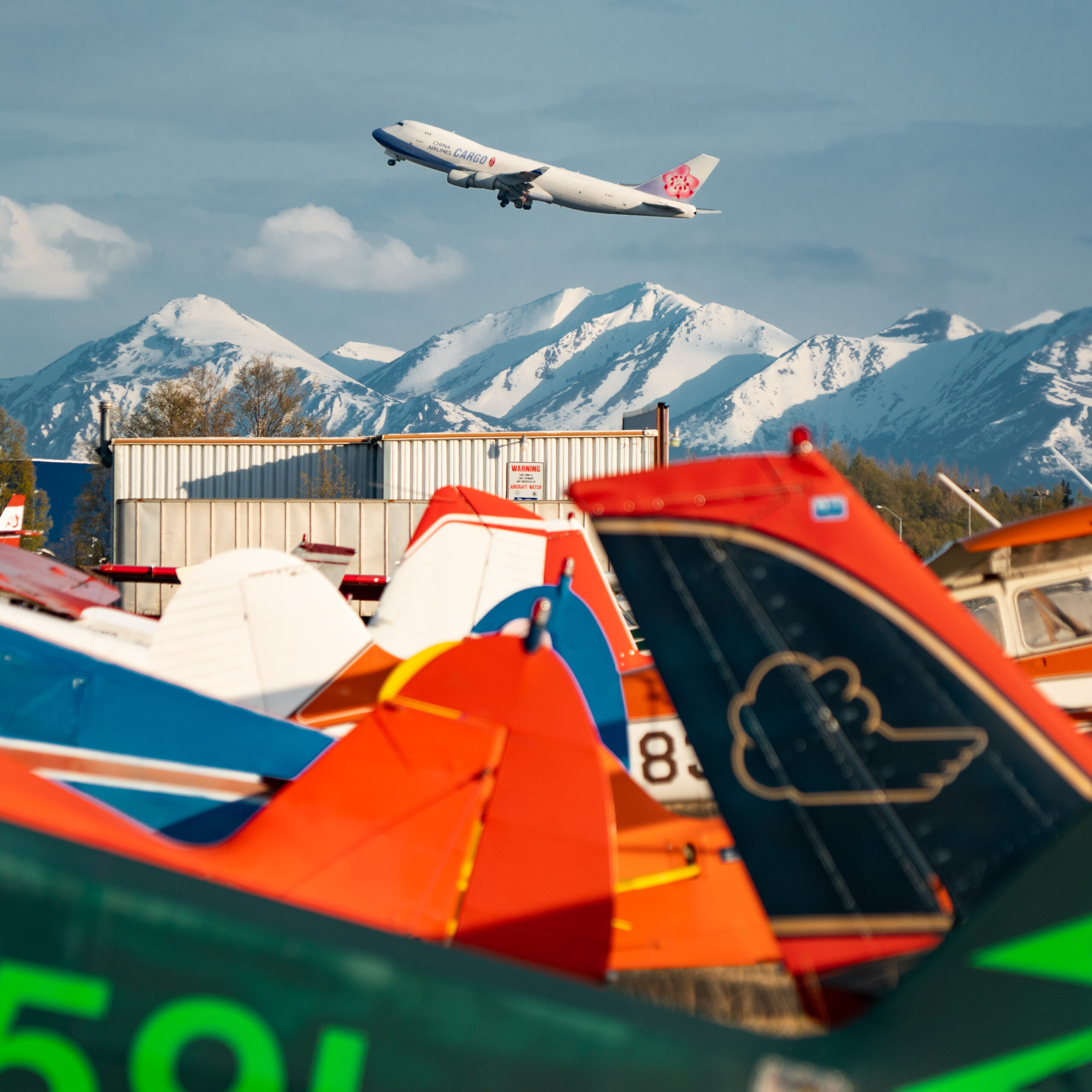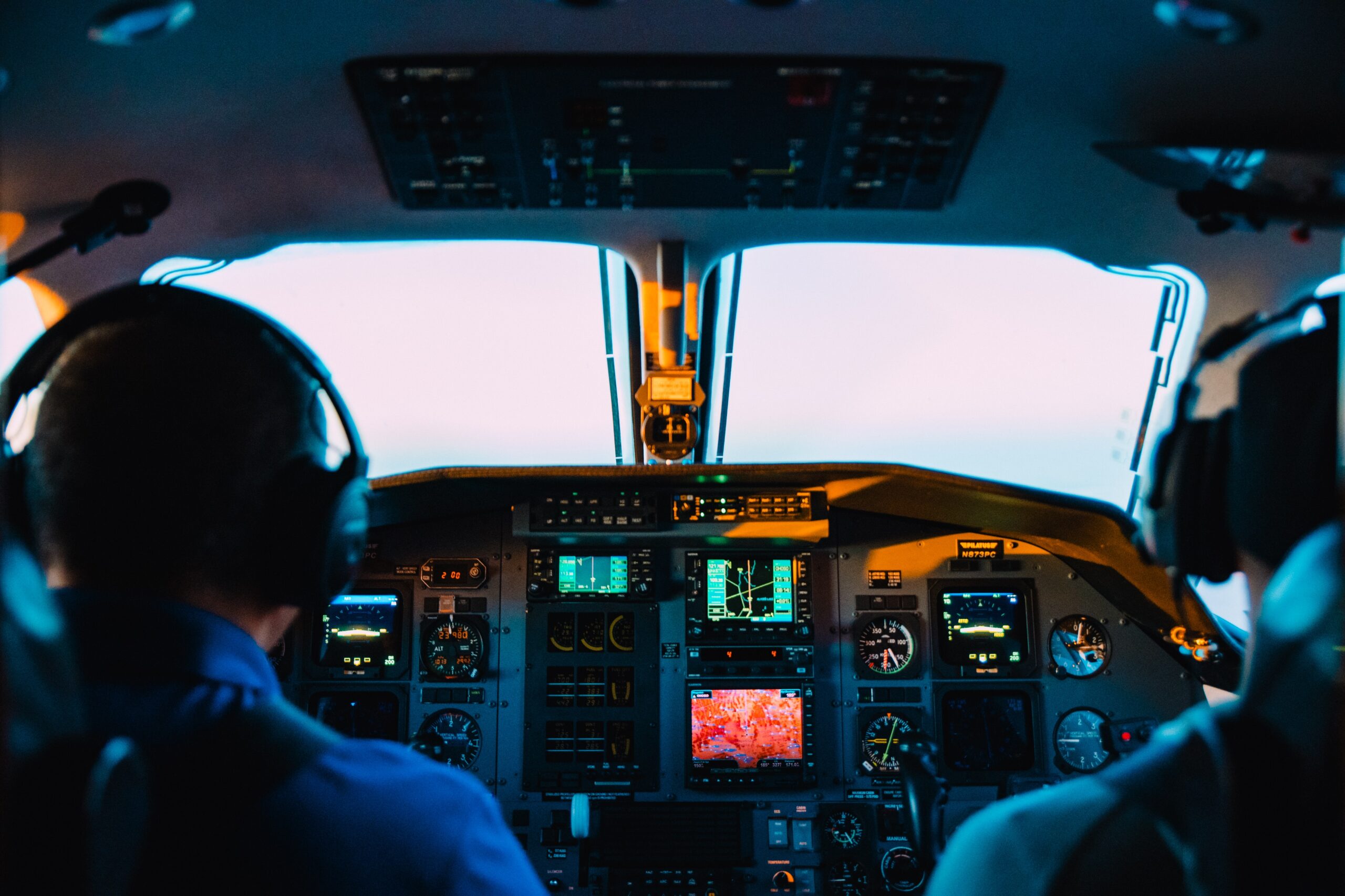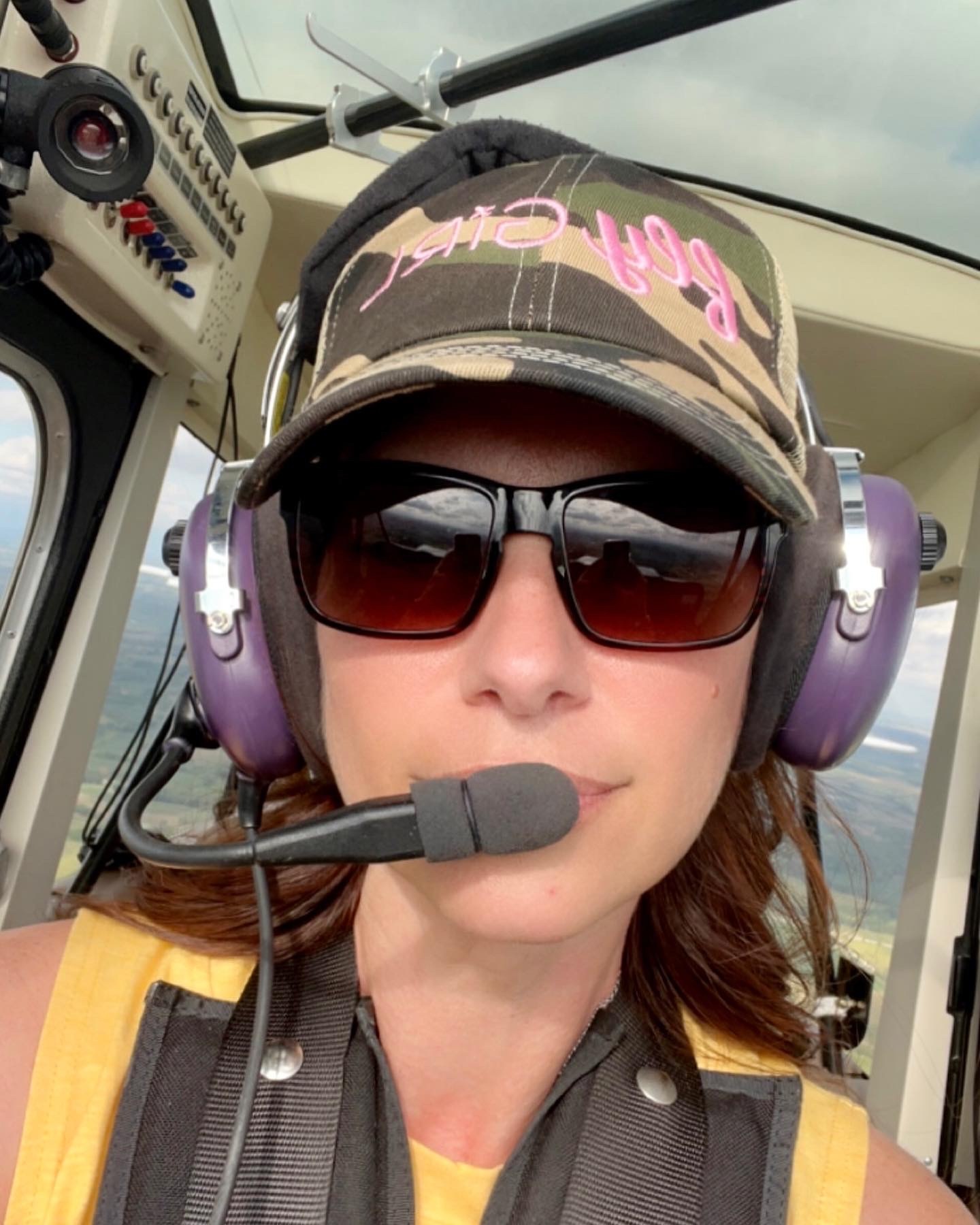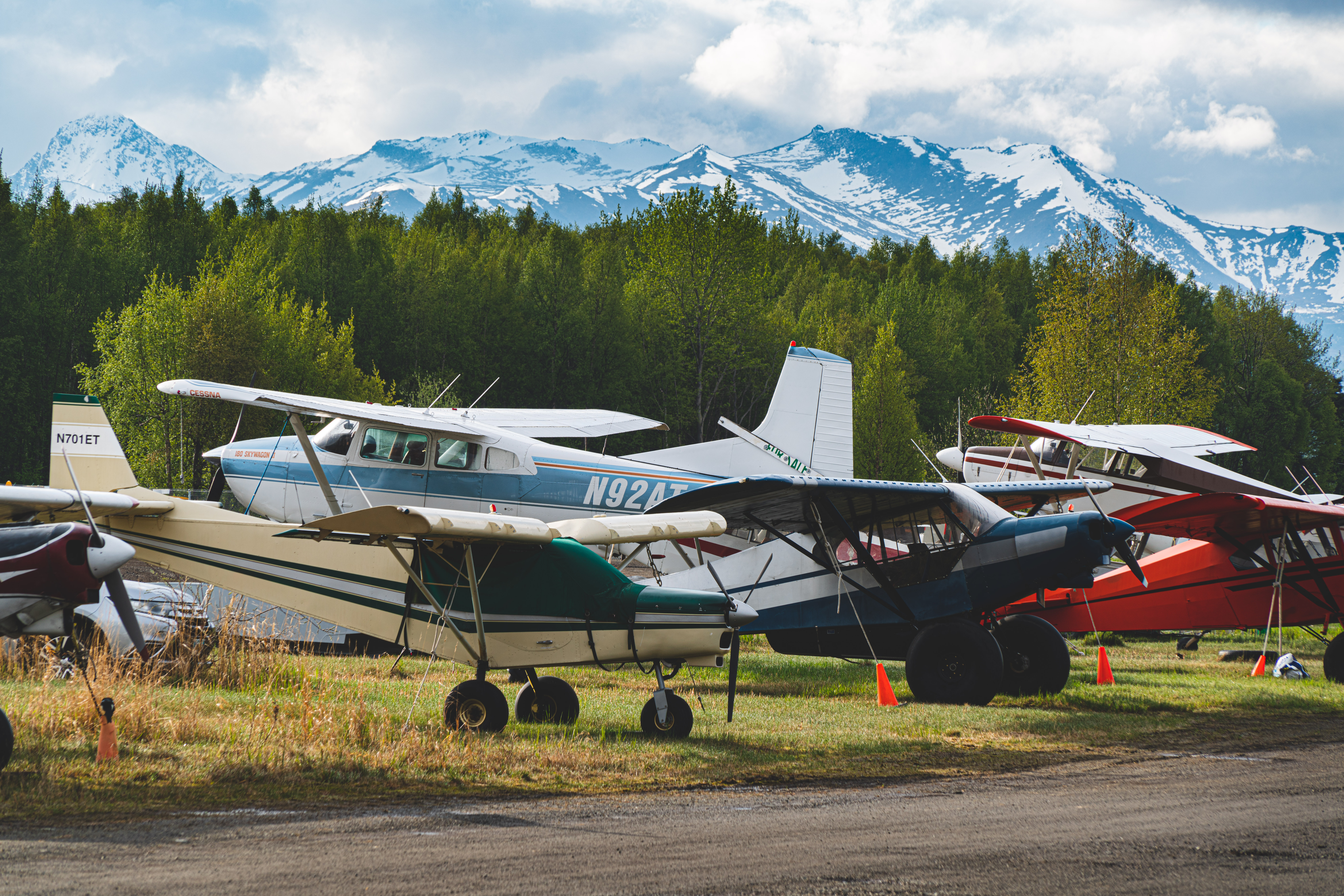
The world of aviation offers a wide array of career opportunities for individuals with a passion for flight. From commercial pilots to air traffic controllers, there are numerous ways to be involved in this fascinating and ever-growing industry. In this article, we’ll explore various aviation careers, with a special focus on life as a pilot. So, buckle up and get ready to learn about the exciting life of becoming a pilot!
The High-Flying Life of Pilots
Contrary to popular belief, pilots do more than just wear snazzy uniforms and talk into headsets. These airborne professionals are responsible for safely transporting passengers, cargo, and sometimes even a few pesky birds (just kidding, we don’t fly that low). Here’s a peek at some of the various piloting careers:
Commercial Pilot
You’ll find commercial pilots flying those big metal birds we call airplanes, but they’re also known as “sky chauffeurs” (not really, but it sounds cool). They’re responsible for getting passengers from point A to point B without any detours through the Bermuda Triangle. It’s not all glitz and glamour, though; pilots also have to deal with turbulence, jet lag, and the occasional picky passenger.
Cargo Pilot
Cargo pilots are the unsung heroes of the skies, making sure your online shopping addiction doesn’t go unsatisfied. They transport everything from clothes to electronics and even baby pandas (aww!). Without cargo pilots, the world would be a darker, less convenient place.
Corporate Pilot
Flying fancy private jets for wealthy clients may sound like a dream, but corporate pilots know the reality of dealing with high-maintenance passengers. They must adhere to strict schedules and provide top-notch service, all while maintaining a professional demeanor. On the bright side, they get to visit luxurious destinations and occasionally rub elbows with celebrities.

Agricultural Pilot
Also known as “crop dusters,” agricultural pilots have the important job of keeping our food supply healthy. They’re responsible for applying pesticides, fertilizers, and other treatments to crops from above. It’s a dirty job, but someone has to do it!
Test Pilot
For those adrenaline junkies who aren’t satisfied with flying “ordinary” planes, test piloting may be the career for you. Test pilots take experimental aircraft through their paces, pushing the limits of human ingenuity and technology. They’re like the Chuck Yeagers of the skies!
Prepping for Takeoff: How to Become a Pilot
So you have made the decision to become a pilot. But first, let’s go through a pre-flight checklist on some of what it takes to become a pilot.
Education
While a college degree is not required for all piloting jobs, many airlines prefer candidates with a bachelor’s degree in a relevant field, such as aviation, aerospace engineering, or physics. Additionally, a strong foundation in math, science, and English is encouraged for success in this field.
Flight Training
Grab your aviator sunglasses and your best “Top Gun” impression because it’s time for flight school! This training typically involves a combination of classroom instruction or ground school and hands-on experience, a minimum number of flight hours, and completing a series of examinations before obtaining a pilot’s license.
 Ratings and Certifications
Ratings and Certifications
To fly different types of aircraft, pilots must earn various ratings and certifications. This could include instrument ratings, multi-engine ratings, and type ratings for specific aircraft. The seaplane rating is very popular for those around bodies of water.
So, you’re ready to spread your wings and take to the skies for adventure. Also, if you’re considering a career as a pilot, there are several steps you’ll need to take to prepare for this exciting and rewarding profession. Angle of Attack can help you get started with this process, check out our online ground school to get started on your new adventure.

Karey grew up and obtained her in private pilot’s license in Central Iowa. She fell in love with tailwheel aircraft during her primary training and obtained a tailwheel endorsement the week following her private pilot checkride. She is eager to obtain her seaplane rating and is merging her passion for flying with her prior work career. Karey has a background in marketing, editing, and web design after graduating from Simpson College. When she is not flying or working, Karey enjoys anything related to technology and admits she can be a bit of a nerd. She also has discovered a love for virtually all outdoor pursuits, with a special fondness for climbing, shooting, and hiking.

Stay Connected
Be the very first to get notified when we publish new flying videos, free lessons, and special offers on our courses.





